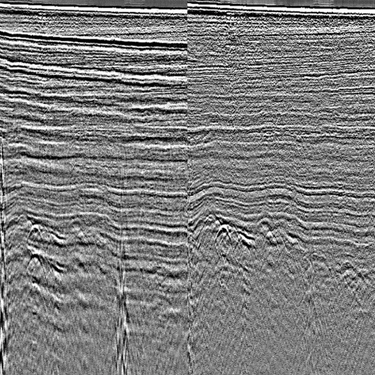Imaging and Processing
To meet the challenges of today's quest for hydrocarbons, our research and development professionals are continually developing new technology and workflows for seismic imaging, as well as enhancing existing ones. We have the technology, expertise and resources to exceed the highest geophysical processing objectives powered by our proprietary Imaging AnyWare imaging software.
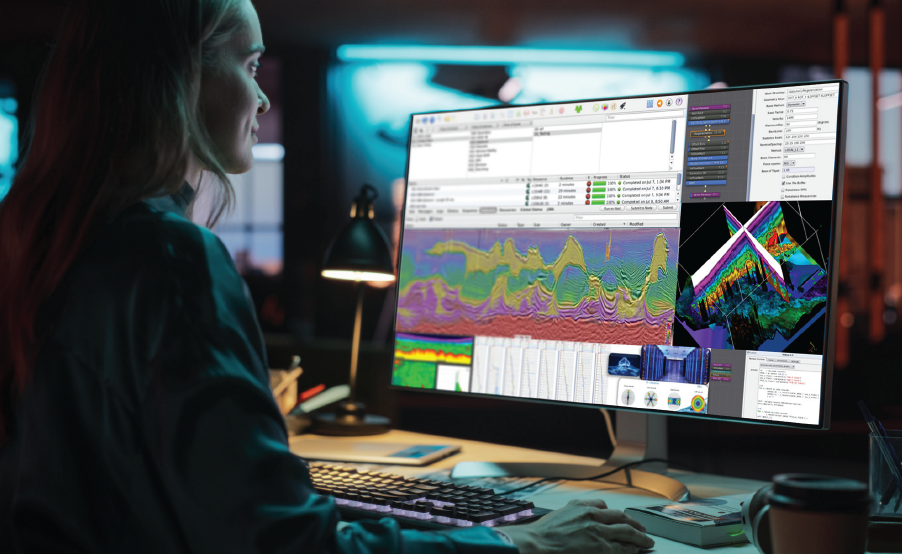
Imaging AnyWareTM Software
Imaging AnyWare is a versatile, user-friendly software that excels in both cloud and on-premises environments, efficiently handling extensive datasets across global geological basins. Its modern architecture and advanced geophysical algorithms enhance operational efficiency, supporting various acquisition types and incorporating techniques in signal processing, imaging and machine learning. With an intuitive user experience and powerful QC tools, it enables seamless collaboration and rapid solution development.

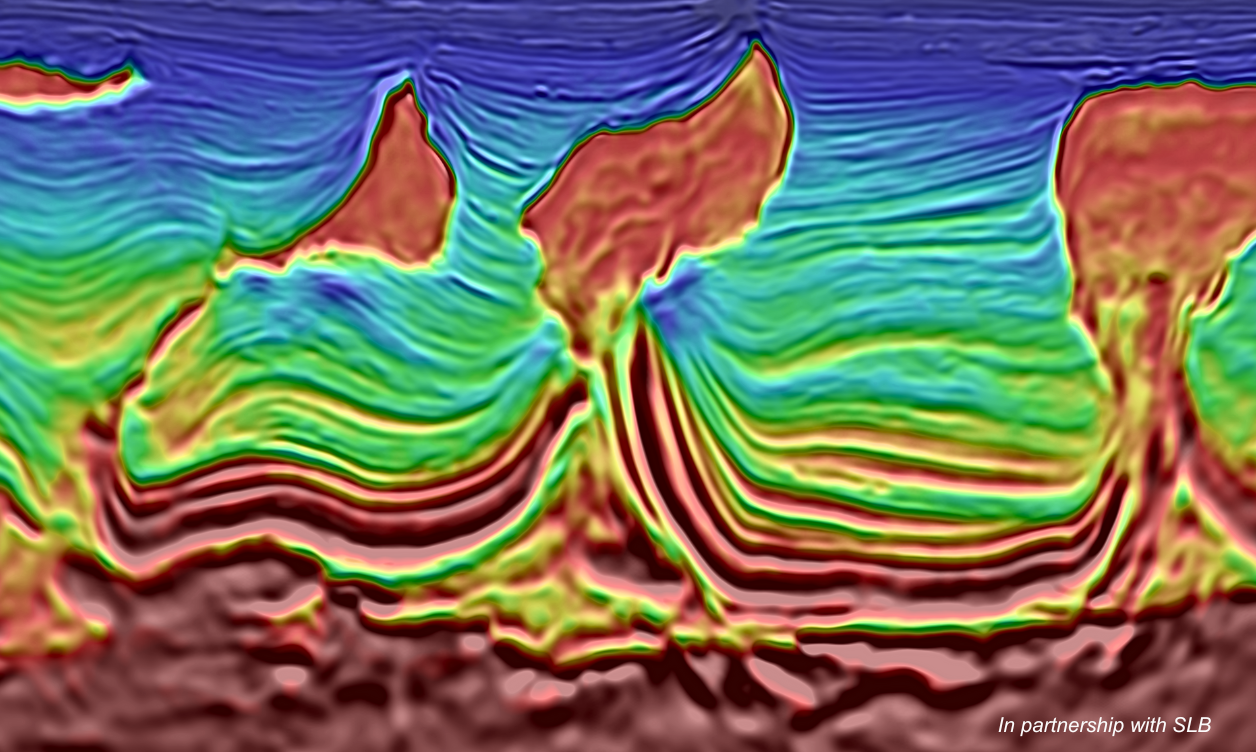
Elastic FWI (E-DMFWI)
Our Dynamic Matching FWI (DM FWI) workflow is a versatile solution with proven record on various geological settings. The increased physics in E-DMFWI produces accurate velocity models with improved resolution compared to acoustic algorithms.
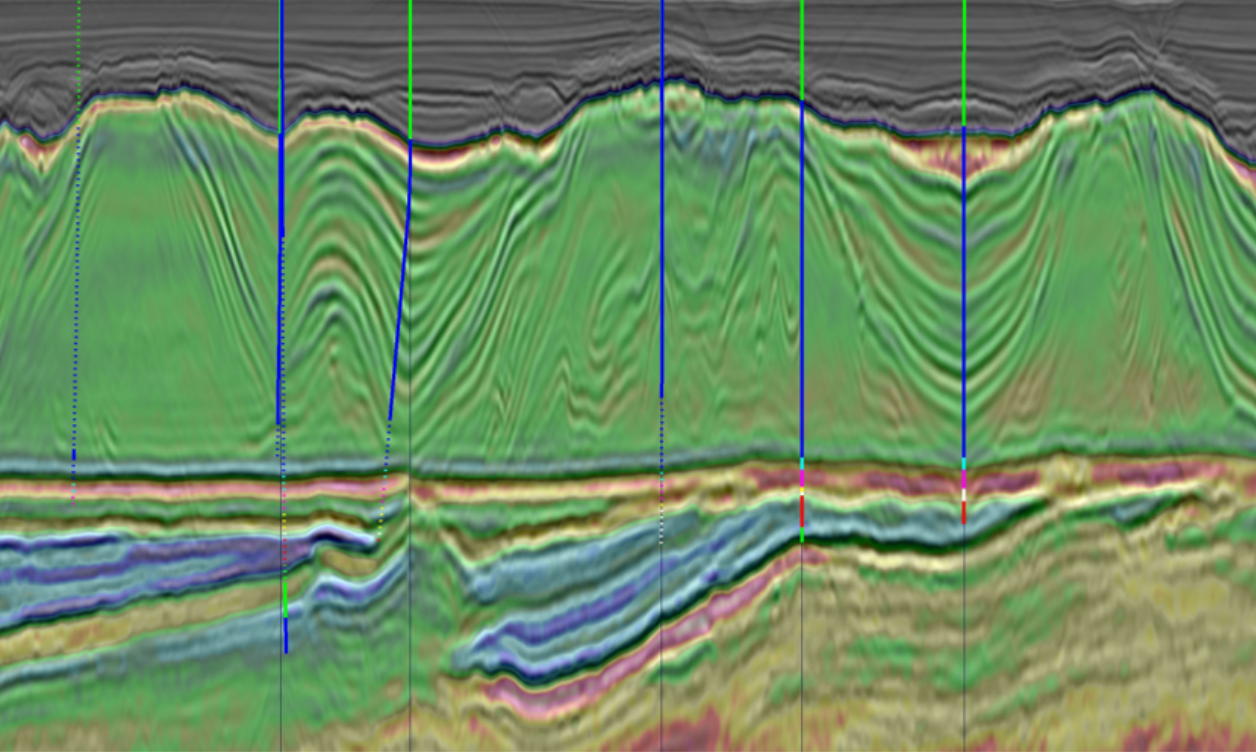
Multi-Parameter FWI (MP-FWI)
A simultaneous data-driven inversion that delivers superior velocity model and angle-dependent reflectivity directly from raw seismic data, for faster, more accurate and comprehensive earth models.
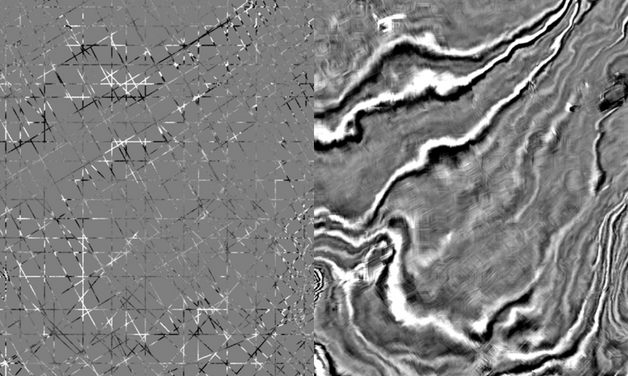
2DCubed
2DCubed is a structurally conformable interpolation engine that matches 2D data and uses it to create a 3D volume that is interpretable on a regional scale.
%20-%20Utsira.png?width=628&height=376&name=TGS%20-%20Ocean%20Bottom%20Node%20(OBN)%20-%20Utsira.png)
OBN
Ocean Bottom Node (OBN) data enables us to collect cleaner, richer and more complete data near subsurface targets.
Speak to a Specialist
Interested in a product demo or trial? Let us know your needs and we’ll connect you to the right person or team.
Book a Data Viewing
Want to see the latest seismic data solutions and imaging technologies in your region of interest or for the next license round? Book a data viewing with one of our experts.
Discuss Your Seismic Data Needs
Every need is different and we'd like the opportunity to discuss yours further. Speak to one of our data or geoscience experts to customize seismic solutions specific to your requirements.



